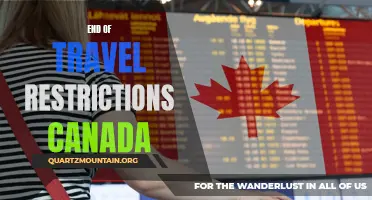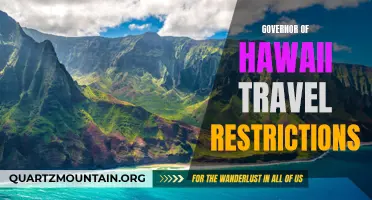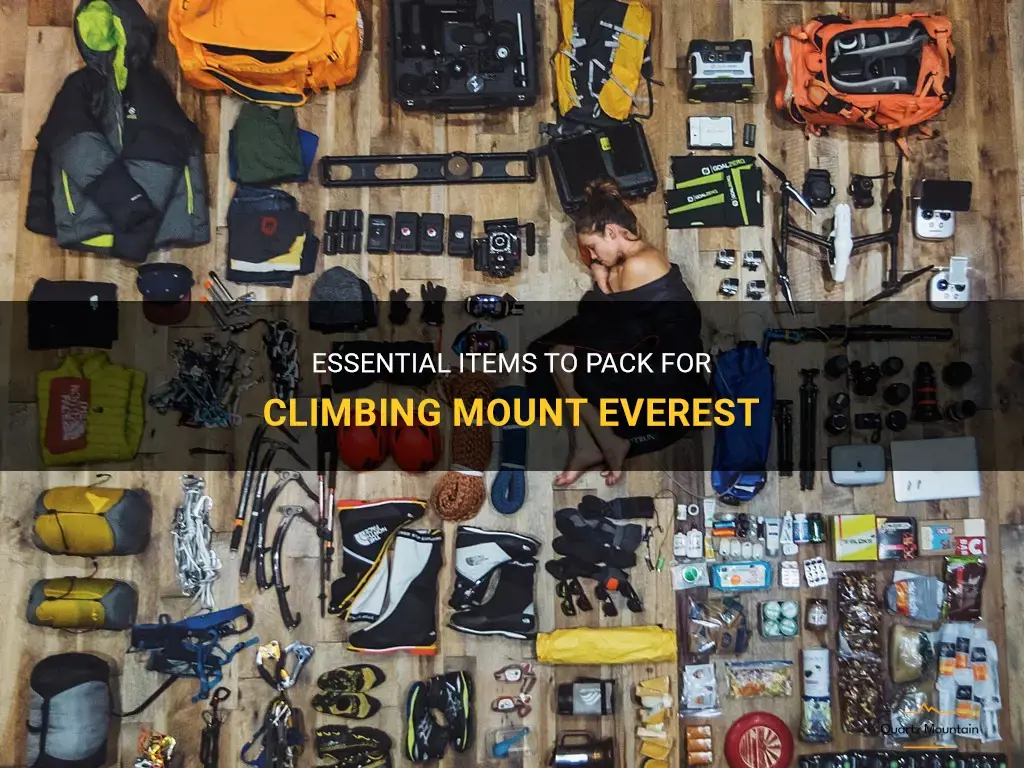
Climbing Mount Everest, the tallest peak in the world, is an extraordinary feat that requires immense preparation and strategic planning. As climbers brace themselves to conquer this majestic mountain, one crucial aspect that cannot be overlooked is the packing of essential items. From life-saving equipment to nutrition and safety gear, each item holds the potential to make or break the climber's journey. In this article, we explore the bundled list of essential items that climbers must pack before embarking on this perilous expedition to ensure their safety and success amidst the relentless challenge of Mount Everest.
| Characteristics | Values |
|---|---|
| Altitude | Above 8,000 meters (26,000 feet) |
| Weather | Extreme temperatures, ranging from -40°C to -10°C (-40°F to 14°F) |
| Oxygen levels | Extremely low oxygen levels, around 33% of sea level |
| Terrain | Steep and rugged terrain, with icy slopes and narrow ridges |
| Gear | Technical climbing gear, including crampons, ice axes, and harnesses |
| Clothing | Multiple layers of insulated and waterproof clothing |
| Sleeping gear | Warm and insulated sleeping bags and mattresses |
| Food | High-calorie and easily digestible foods that provide energy and nutrition |
| Water | Purification tablets or filters to treat water from snow or streams |
| Medical supplies | Basic medical supplies, including bandages, painkillers, and altitude sickness medication |
| Communication | Satellite phone or radio for emergencies |
| Experience | Extensive climbing experience and mountaineering skills |
| Physical fitness | Excellent physical fitness and stamina |
| Mental strength | Strong mental resilience and ability to cope with stress and extreme conditions |
| Teamwork | Ability to work well in a team and follow instructions from expedition leaders |
What You'll Learn
- What are the essential clothing items to pack when climbing Mount Everest?
- What kind of equipment and gear should I bring for a Mount Everest climb?
- How much food and water should I pack for a Mount Everest expedition?
- Are there any specific medical supplies or medication that I should include in my packing list for Mount Everest?
- What additional items should I consider bringing for safety and emergencies while climbing Mount Everest?

What are the essential clothing items to pack when climbing Mount Everest?
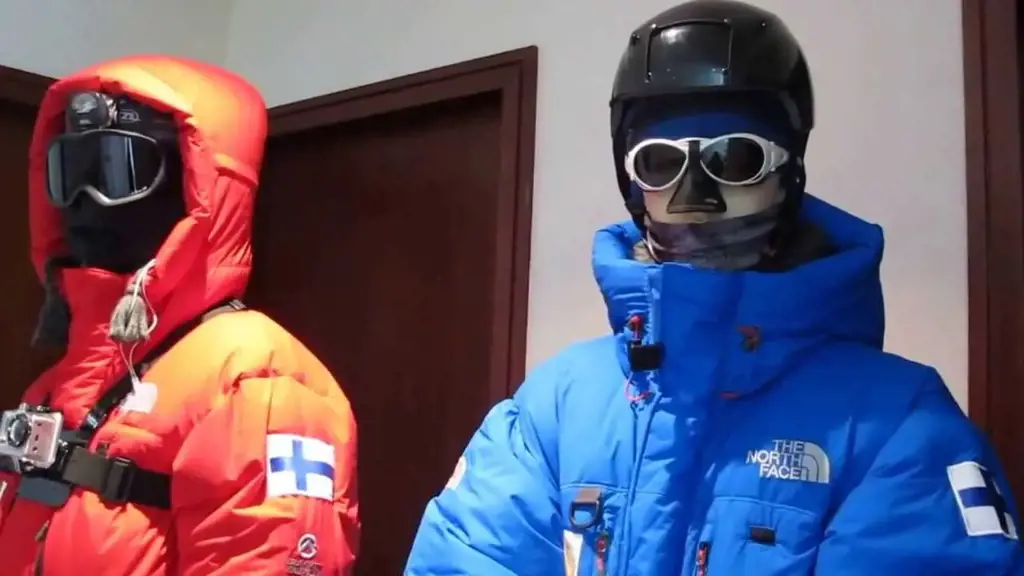
When it comes to climbing Mount Everest, being properly prepared with the right clothing can mean the difference between success and failure, or even life and death. The extreme weather conditions and high altitude of the mountain demand specialized gear that is designed to keep climbers warm, dry, and protected against the elements. In this article, we will explore the essential clothing items that every climber should pack when undertaking the daunting challenge of Mount Everest.
Base Layers:
Base layers are the foundation of every climber's clothing system. These are the layers worn next to the skin and are responsible for moisture management and temperature regulation. It is crucial to choose base layers made of moisture-wicking materials such as merino wool or synthetic fabrics like polyester. These fabrics will keep the climber dry by wicking sweat away from the skin, preventing the body from cooling down too quickly.
Insulating Layers:
Insulating layers are responsible for providing warmth in cold conditions. When climbing Mount Everest, temperatures can drop well below freezing, so it is essential to have multiple insulating layers to add or remove as needed. Items such as down jackets, fleece jackets, and synthetic insulated pants are recommended. Down jackets are particularly popular due to their excellent insulation properties and lightweight nature.
Outer Layers:
The outer layers are designed to protect climbers from wind, snow, and rain. These layers should be highly durable, waterproof, and breathable. A good quality waterproof shell jacket and pants are essential to keep climbers dry in case of unexpected precipitation or harsh weather conditions. Additionally, a windproof softshell jacket can provide extra protection against strong winds while allowing moisture to escape.
Headwear:
Proper headwear is crucial to protect against the extreme cold and strong rays of the sun at high altitudes. A warm, insulated beanie or balaclava is essential to keep the head and ears warm. A hat with a brim is also recommended to shield the face and eyes from the sun. Sunglasses with UV protection and glacier goggles are a must to protect the eyes from snow blindness caused by the intense alpine glare.
Handwear and Footwear:
Keeping your hands and feet warm is crucial in extreme temperatures. Insulated gloves or mittens that are waterproof and windproof are essential to protect the hands from frostbite. It is also important to have extra pairs of gloves to change into when the ones being worn get wet. Similarly, insulated mountaineering boots with crampon compatibility are essential to protect the feet from the cold and provide traction on icy surfaces.
Socks and Gaiters:
Good quality mountaineering socks are essential to keep the feet warm and prevent blisters. These socks should be moisture-wicking, quick-drying, and provide cushioning and support. Gaiters are recommended to be worn over the boots to prevent snow, debris, or water from entering. They also provide an extra layer of protection for the lower legs.
Climbing Gear:
In addition to clothing, climbers must also pack the necessary climbing gear to navigate the treacherous slopes of Mount Everest. This includes items such as harnesses, ice axes, crampons, helmets, and ropes. It is crucial to ensure that all gear is in good working condition and that climbers are properly trained in their use.
In conclusion, climbing Mount Everest requires careful consideration and preparation, especially when it comes to clothing. Packing the right clothing items, such as proper base layers, insulating layers, outer layers, headwear, handwear, and footwear, can make all the difference in ensuring the safety and success of climbers. Furthermore, having the necessary climbing gear is also crucial. By being well-prepared, climbers can face the extreme conditions of Mount Everest with confidence and increase their chances of reaching the summit.
Essential Items to Pack for Insight Tours: Your Complete Guide
You may want to see also

What kind of equipment and gear should I bring for a Mount Everest climb?
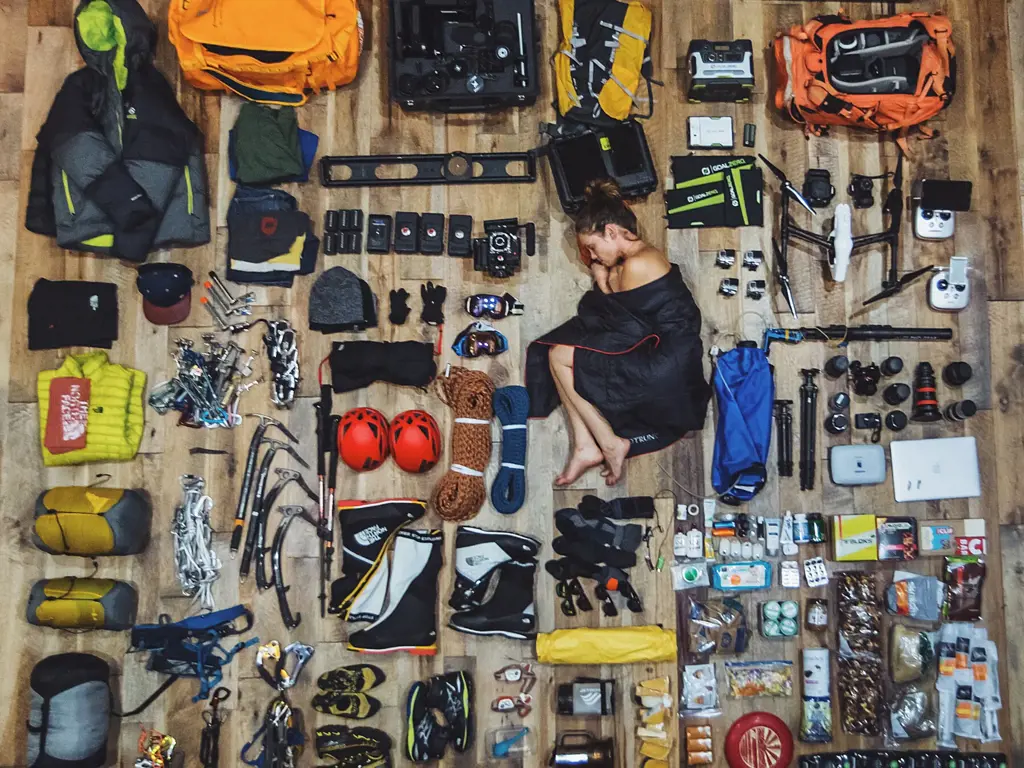
Climbing Mount Everest is a challenging and grueling endeavor that requires a great deal of preparation. Along with physical fitness and mental stamina, having the right equipment and gear is crucial for a successful ascent. In this article, we will discuss the essential equipment needed for a Mount Everest climb.
Mountaineering Clothing:
Climbers must be prepared for extreme weather conditions on Mount Everest. Key clothing items include base layers, mid-layers, and shell layers. Base layers should be made of moisture-wicking materials to keep the body dry and warm. Mid-layers, such as fleece jackets or down sweaters, provide insulation. Shell layers, like waterproof and breathable jackets and pants, protect against wind, snow, and rain. It is important to have multiple layers to adjust according to the weather conditions.
Climbing Boots:
Investing in sturdy and comfortable climbing boots is crucial. Mountaineering boots should be able to withstand extreme cold, provide ankle support, and have a stiff sole for better traction and crampon compatibility. Make sure to break them in well before the climb to avoid blisters and discomfort.
Crampons and Ice Axes:
Crampons are metal spikes that attach to the climbing boots, providing traction on icy terrain. Pair them with mountaineering ice axes that aid in balance and self-arrest techniques. It is essential to practice using crampons and ice axes beforehand to become proficient in their usage.
Harness and Ropes:
A climbing harness is necessary for safety and protection during challenging sections or when crossing crevasses. Ropes and carabiners are used for belaying, rappelling, or creating snow anchors. It is crucial to be familiar with the proper use of these tools to ensure a safe climb.
Helmet:
A climbing helmet protects against falling debris, ice, or rock. It is essential to choose a helmet that fits securely and comfortably to provide adequate protection.
Sleeping Bag:
A high-quality sleeping bag suitable for extreme temperatures is essential for mountaineering expeditions. Mount Everest's base camp and higher camps can experience freezing temperatures, so a sleeping bag rated for minus 20 degrees Celsius or lower is recommended.
High-Altitude Gear:
Climbing at high altitudes requires additional specialized gear. This includes oxygen cylinders, masks, and regulators to combat the reduced oxygen levels. A pulse oximeter is also essential to monitor blood oxygen saturation levels. Additionally, high-altitude mountaineering boots and down suits designed for extreme cold and high altitudes are necessary.
Climbing Gear:
Other crucial climbing gear includes ascenders, descenders, slings, carabiners, and prusik cords. These tools aid in ascending or descending fixed ropes, creating anchors, and performing self-rescue techniques if needed.
It is essential to remember that while having the right equipment is crucial, proper training and experience in mountaineering are equally important. Climbers should ensure they are well-prepared physically and mentally for the challenges of Mount Everest. Consulting with experienced climbers and hiring professional guides will provide valuable insights and guidance on the specific gear required for a Mount Everest climb.
The Ultimate Guide to Packing Delicious Food for a Day at the Beach
You may want to see also

How much food and water should I pack for a Mount Everest expedition?
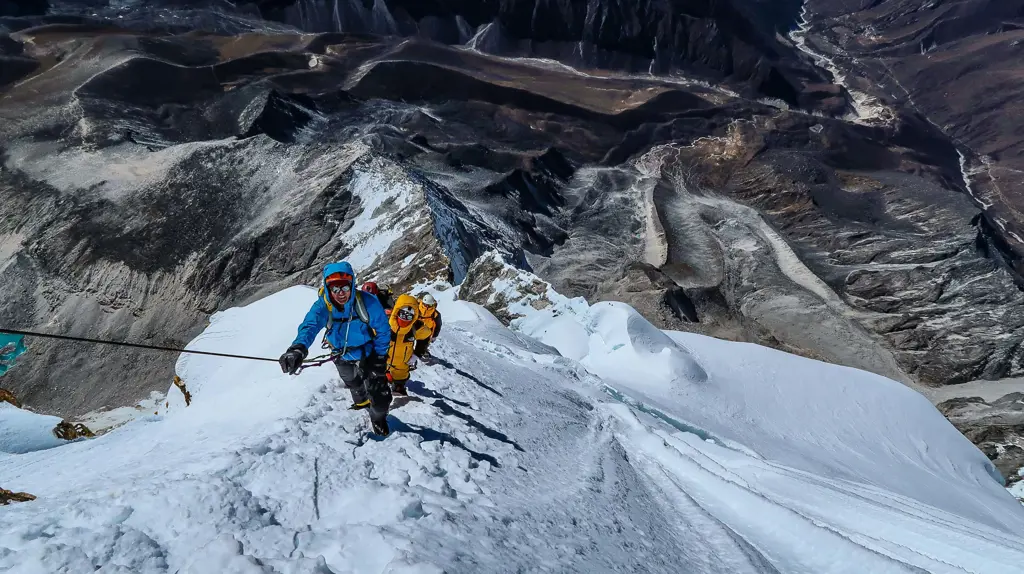
If you are planning a Mount Everest expedition, one of the most important aspects to consider is how much food and water you should pack. The extreme conditions and high altitude of the mountain make it essential to have an appropriate amount of supplies to sustain yourself throughout the journey. Here is a guide on how to pack the right amount of food and water for your Mount Everest expedition.
Calculate your daily calorie needs:
During an Everest expedition, your body will be working at maximum capacity every day, and you will need a significant amount of energy to keep going. The generally recommended daily calorie intake is around 4,000 to 6,000 calories per day. However, some climbers may require even more, depending on individual factors such as metabolism, activity level, and body weight. It is best to consult with a nutritionist or experienced climbers to determine your specific calorie needs.
Choose high-calorie, lightweight foods:
Given the limited weight capacity on the mountain, it is essential to pack high-calorie foods that are also lightweight. Opt for foods that are rich in protein, carbohydrates, and healthy fats. Examples include freeze-dried meals, energy bars, nuts, nut butter, trail mix, and dehydrated fruits. These foods provide a concentrated source of calories and nutrients without taking up too much space or weighing you down.
Pack a variety of food options:
While it is important to pack high-calorie foods, it is equally important to have a variety of options to prevent food fatigue. Eating the same food every day can lead to a loss of appetite and decreased intake, which can impact your energy levels. Aim for a good mix of savory and sweet options and include foods that you enjoy eating. This will help to keep your spirits high and ensure that you are getting the necessary nutrition to perform at your best.
Consider the length of the expedition:
The length of your expedition will also determine how much food you need to pack. A typical Mount Everest expedition can last anywhere from 60 to 90 days, depending on weather conditions and climbing speed. Calculate your required calorie intake per day and multiply it by the number of days you will be on the mountain to determine your total calorie needs. Be sure to factor in additional days for acclimatization and emergencies.
Hydration is critical:
In addition to food, proper hydration is crucial for a successful expedition. Staying adequately hydrated at high altitude helps to prevent altitude sickness and maintain optimal performance. A general rule of thumb is to drink at least 3-4 liters of water per day. It is recommended to use a combination of water bottles and a hydration bladder to make drinking water easily accessible throughout the climb. Alternatively, you can use water purification tablets or filters to treat water from natural sources such as streams or melting snow.
In conclusion, packing the right amount of food and water for a Mount Everest expedition is crucial for your success and well-being on the mountain. By calculating your daily calorie needs, choosing high-calorie foods, packing a variety of options, considering the length of the expedition, and staying properly hydrated, you can ensure that you have enough fuel and hydration to conquer the world's highest peak safely and successfully.
Essential Packing List for Scotland in July: Your Ultimate Guide
You may want to see also

Are there any specific medical supplies or medication that I should include in my packing list for Mount Everest?
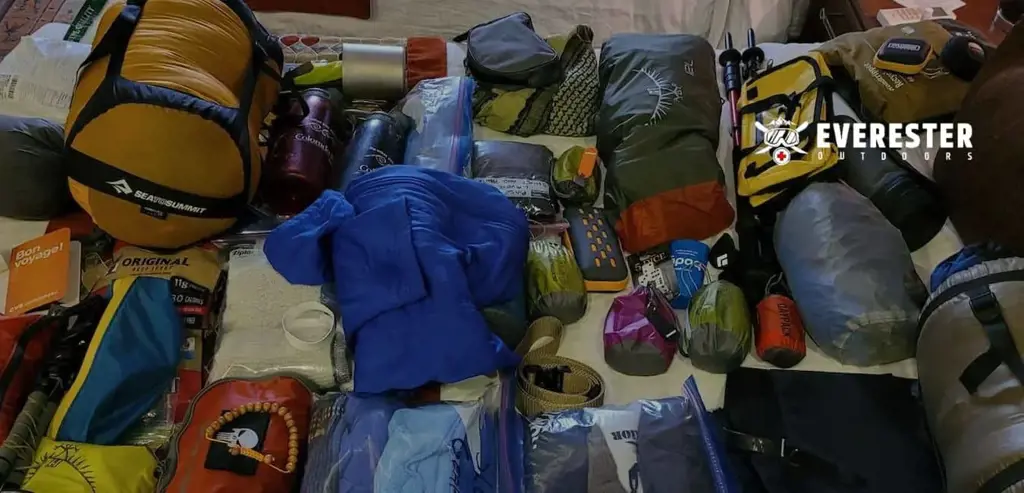
Preparing for a Mount Everest expedition requires careful planning and consideration, especially when it comes to medical supplies and medication. The extreme altitude and challenging environment of the mountain pose unique risks that must be addressed to ensure a safe and successful climb. Here are some specific medical supplies and medication that should be included in your packing list for Mount Everest:
- Acetazolamide (Diamox): This medication is commonly used to prevent and treat altitude sickness. It helps to alleviate symptoms such as headache, nausea, dizziness, and shortness of breath by promoting acclimatization. It is essential to consult with a healthcare professional before taking acetazolamide and to follow the recommended dosage.
- Dexamethasone: Dexamethasone is a steroid medication that is commonly used as an emergency treatment for severe altitude sickness. It helps reduce inflammation and alleviate symptoms associated with high altitude cerebral edema (HACE) and high altitude pulmonary edema (HAPE). However, it should only be used under the guidance of a qualified healthcare professional.
- Ibuprofen: Ibuprofen is a nonsteroidal anti-inflammatory drug (NSAID) that can be useful for relieving minor aches and pains, including those associated with altitude-related discomfort such as headaches and muscle soreness. It is important to remember that ibuprofen should not be used as a substitute for proper acclimatization and rest when experiencing symptoms of altitude sickness.
- Antibiotics: Respiratory and gastrointestinal infections are common on Mount Everest due to the close living quarters and exposure to different bacteria and viruses. It is advisable to carry a course of broad-spectrum antibiotics, prescribed by a doctor, as a precautionary measure in case of infection.
- Wound care supplies: The extreme conditions on Mount Everest increase the risk of cuts, blisters, and other injuries. It is essential to include wound care supplies such as adhesive bandages, antibiotic ointment, sterile gauze, and medical tape in your packing list. These supplies will help you treat minor wounds and prevent them from becoming infected.
- Sunscreen: The sun's intensity at higher altitudes is much stronger, increasing the risk of sunburn and other skin damage. It is crucial to pack a high SPF sunscreen and lip balm to protect your skin from harmful UV rays. Look for a sunscreen that provides broad-spectrum protection and is water-resistant.
- First aid kit: A well-stocked first aid kit is an essential item for any Mount Everest expedition. Besides the specific supplies mentioned above, it should also include essentials such as adhesive tape, scissors, tweezers, sterile gloves, and antiseptic wipes. Remember to familiarize yourself with the contents of the kit and how to use them before your journey.
It is important to note that these medical supplies and medications are recommendations for emergencies and symptomatic relief and should not be used as a substitute for proper acclimatization and rest. It is crucial to consult with a healthcare professional familiar with high-altitude medicine before embarking on your Mount Everest adventure. They can provide personalized advice based on your medical history and risk factors. Additionally, it is advisable to undergo a thorough medical check-up before starting your climb to ensure you are in good health and physically prepared for the challenges ahead.
In conclusion, including specific medical supplies and medications in your packing list for Mount Everest is crucial for personal safety and well-being. Acetazolamide, dexamethasone, ibuprofen, antibiotics, wound care supplies, sunscreen, and a first aid kit are all recommended items to help address the unique risks associated with climbing the world's tallest mountain. Prioritize your health and consult with healthcare professionals to ensure a safe and successful journey to the summit of Mount Everest.
What to Leave Behind: Items to Avoid Packing for Your Study Abroad in Ireland
You may want to see also

What additional items should I consider bringing for safety and emergencies while climbing Mount Everest?
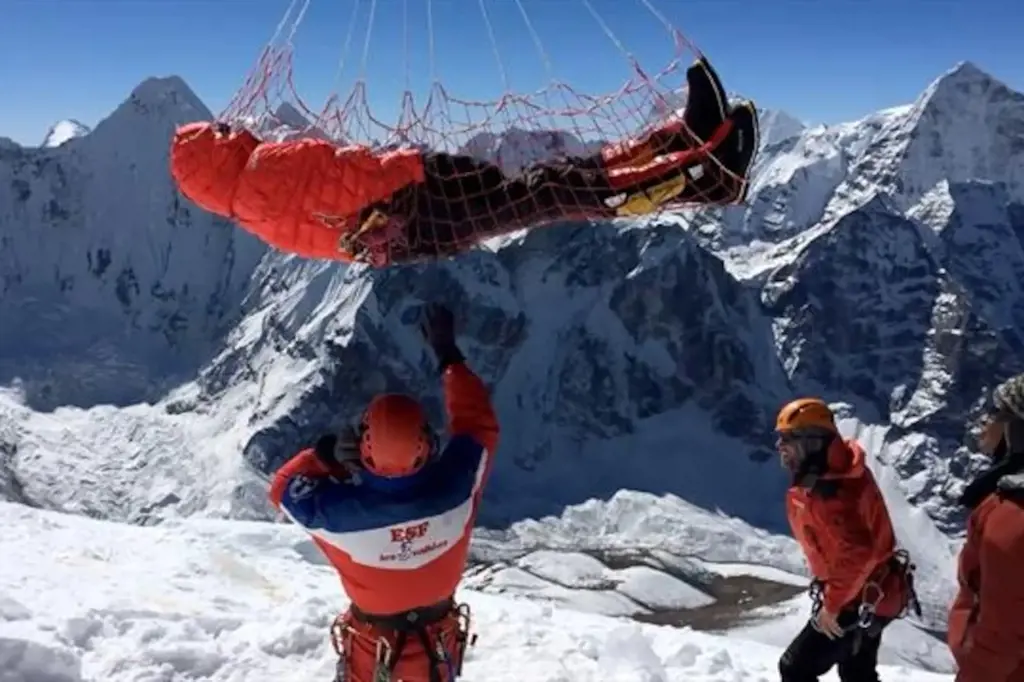
When climbing Mount Everest, safety should be your top priority. In addition to the essential climbing gear, there are several additional items you should consider bringing for safety and emergencies. These items can help increase your chances of surviving unexpected situations and make your climb safer and more comfortable. Here are some essential items you should consider bringing:
- Oxygen: Summiting Mount Everest puts a tremendous strain on your body, and many climbers require supplemental oxygen above certain altitudes. Bringing extra oxygen can mean the difference between life and death in case of an emergency or if you experience symptoms of altitude sickness.
- Satellite Phone: Communication is crucial in the case of an emergency on the mountain. A satellite phone allows you to call for help or communicate with your team even in remote areas where there is no cellular coverage. It is essential to stay connected and inform the authorities or your support team about your situation.
- Climbing Helmet: Mount Everest is known for its unpredictable weather conditions, which can lead to falling rocks and ice. Wearing a sturdy climbing helmet can protect your head from potential injuries caused by falling debris.
- Insulated Water Bottle: Staying hydrated is vital during a climb, especially at high altitudes. An insulated water bottle can help keep your liquids at the desired temperature, avoiding freezing in cold temperatures or boiling in hot ones. It is essential to drink plenty of fluids to prevent altitude sickness and maintain your body's optimal performance.
- GPS Device: Mount Everest is a vast mountain, and it's crucial to stay on the planned route to avoid dangerous areas or getting lost. A GPS device can help guide you accurately and provide a clear picture of your location at all times. This device can be a valuable tool in an emergency situation or when visibility is limited.
- High-altitude Sleeping Bag: As you ascend higher on the mountain, temperatures drop significantly, making a high-altitude sleeping bag essential. This type of sleeping bag is designed to withstand freezing temperatures and provide adequate insulation to keep you warm and comfortable during the night.
- First Aid Kit: Accidents and injuries can happen on Mount Everest, and having a comprehensive first aid kit is essential. The kit should include bandages, antiseptic solutions, painkillers, and other medical supplies to treat common climbing injuries like blisters, cuts, sprains, and frostbite.
- Emergency Shelter: In extreme situations, such as a sudden snowstorm or getting stranded on the mountain, having an emergency shelter can be a lifesaver. A lightweight, compact shelter can protect you from the elements and provide temporary safety until help arrives.
- Extra Batteries: Keeping your electronic devices, such as your GPS device and satellite phone, operational is essential in an emergency. Ensure you bring extra batteries to have a reliable power supply throughout your climb.
It's important to note that these additional items are meant to enhance your safety and should not be seen as substitutes for proper training, physical fitness, and experienced guidance. Climbing Mount Everest is a significant challenge, and even with all the necessary gear, it remains a dangerous endeavor. Proper preparation, acclimatization, and following safety protocols are crucial for a successful climb.
The Essential Camping Packing List: Don't Forget These Must-Have Items
You may want to see also
Frequently asked questions
When packing for a Mount Everest climb, it is essential to have the right clothing. You will need several layers of clothing to protect yourself from the extreme cold temperatures. Start with a base layer of moisture-wicking, insulating fabric. This layer should include long sleeve tops, long pants, and socks to keep your body warm and dry. On top of the base layer, wear a mid-layer to provide additional insulation. This can include fleece jackets or sweaters. Finally, pack a waterproof and windproof outer layer to protect yourself from the harsh weather conditions on the mountain.
Climbing Mount Everest requires a certain set of equipment to ensure your safety and success on the mountain. Some essential equipment to pack includes high-quality mountaineering boots, crampons, ice axes, a climbing harness, a helmet, and goggles to protect your eyes from the glare of the snow and ice. Additionally, you will need climbing ropes, carabiners, and other technical gear to navigate the challenging terrain. It is also recommended to bring a sleeping bag rated for extreme cold temperatures and a sturdy backpack to carry your gear.
Food is a crucial aspect of any Mount Everest climb, as proper nutrition is necessary for energy and stamina. When packing food for the climb, opt for lightweight, high-calorie options that can be easily prepared. Freeze-dried meals, energy bars, nuts, and dried fruits are popular choices. It is essential to pack enough food for the duration of your climb, as well as extra for emergencies or unexpected delays. Remember to stay hydrated by packing plenty of water or water purification tablets.
In addition to clothing, equipment, and food, there are several other essentials that should be included in your packing list for a Mount Everest climb. Some of these include a high-altitude sleeping bag, a foam sleeping pad, a headlamp with extra batteries, sunscreen with a high SPF, lip balm with SPF, a first aid kit, and personal toiletries. It is also recommended to bring a satellite phone or other means of communication in case of emergencies. Finally, don't forget important documents such as your passport, climbing permits, and travel insurance information.




